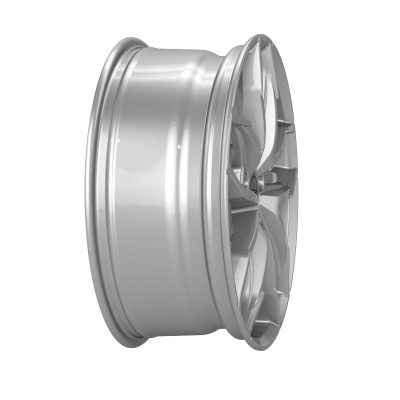The Right Tire for the Right Rim Width
 If you’re in the process of choosing new alloy wheels for your vehicle, the rim width is going to play a big role. You won’t be able to simply take the first wheels that catch your eye – your wheels will need to have the approved dimensions specified in the general operating permit to ensure the safety of both you and your vehicle. Funnily enough, rim width is also commonly referred to as jaw width in German (Maulweite). Rim width is measured as the distance between the rim flanges and given in millimeters.
If you’re in the process of choosing new alloy wheels for your vehicle, the rim width is going to play a big role. You won’t be able to simply take the first wheels that catch your eye – your wheels will need to have the approved dimensions specified in the general operating permit to ensure the safety of both you and your vehicle. Funnily enough, rim width is also commonly referred to as jaw width in German (Maulweite). Rim width is measured as the distance between the rim flanges and given in millimeters.
No matter which alloy wheel you choose, it will only deliver good acceleration, braking, and steering dynamics when combined with the right tire. After all, the relatively small contact patches of the tires are the only connection between the vehicle and the road. The appropriate tire width for your rim width will provide both maximum grip and an additional level of safety. Logically, the proper tire width is one that will sit tightly and securely on your aluminum rims.
The ideal fit is achieved by selecting a tire that is slightly wider than the corresponding rim. To put it in numbers: if you have a rim width of seven inches (about 178 millimeters), this will call for a tire width in the range of 195–225 millimeters, with 205–215 millimeters being optimal. Accordingly, the ideal solution for a wheel rim with a width of six inches is a tire that is 185–195 millimeters wide.
If you plan on buying new alloy wheels and intend to switch from steel to aluminum wheels, keep in mind that steel wheels are generally narrower. Also be sure to know the right wheel offset in order to ensure that your desired combination of alloy wheels and tires has been approved for your vehicle!
(Source of numbers: https://www.felgenshop.de/blog/welche-reifengroesse-passt-auf-meine-felgen/)


